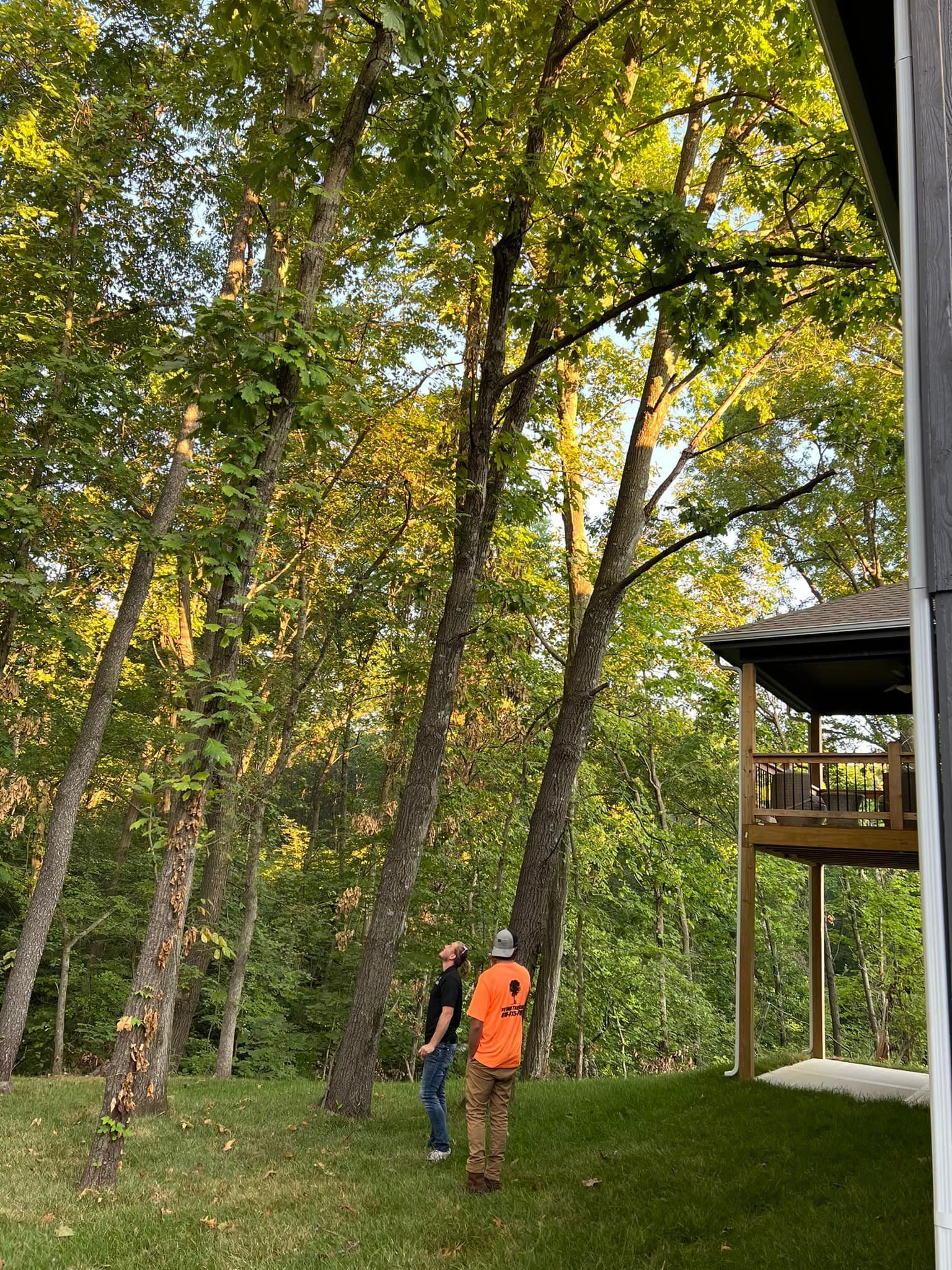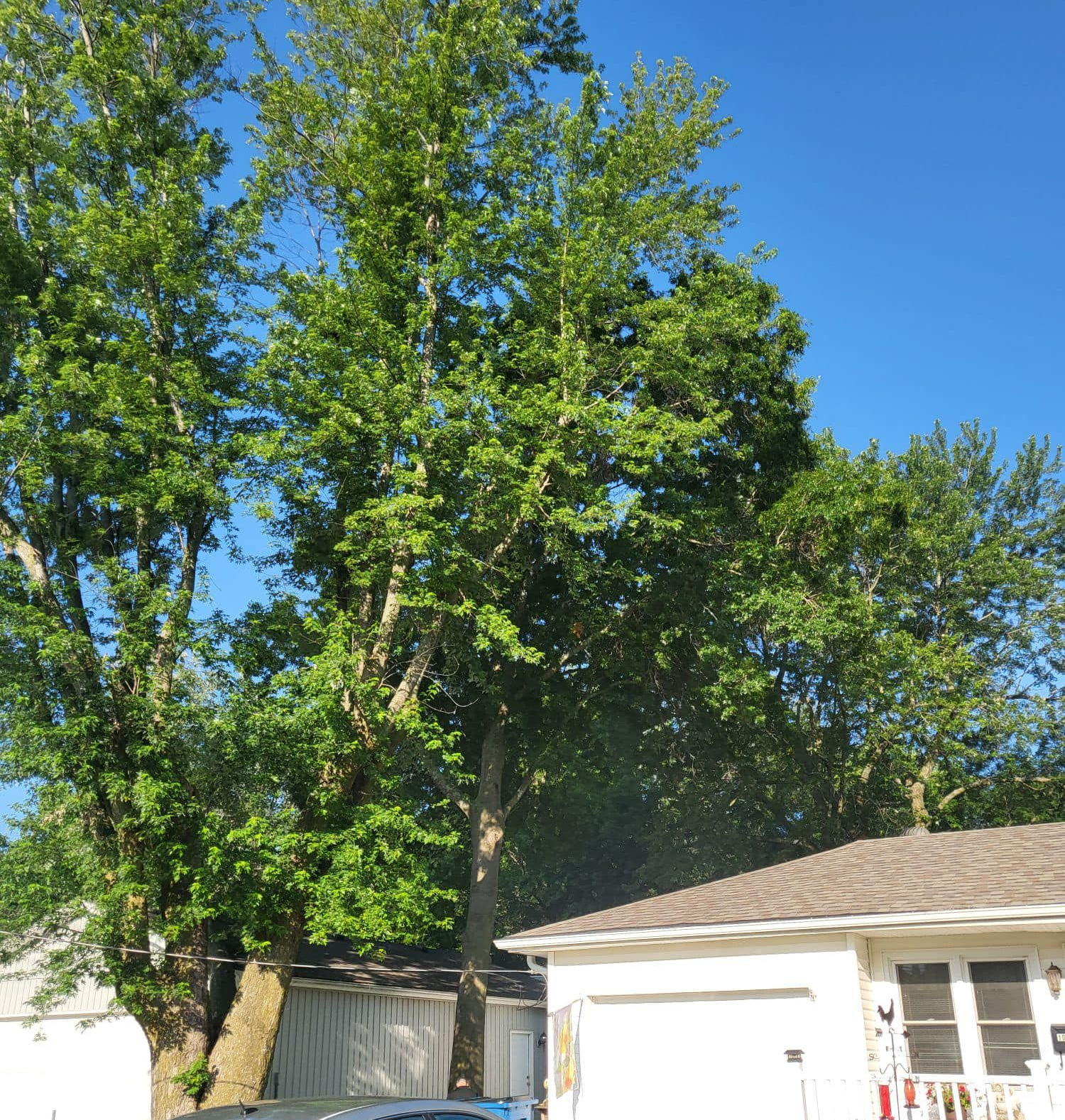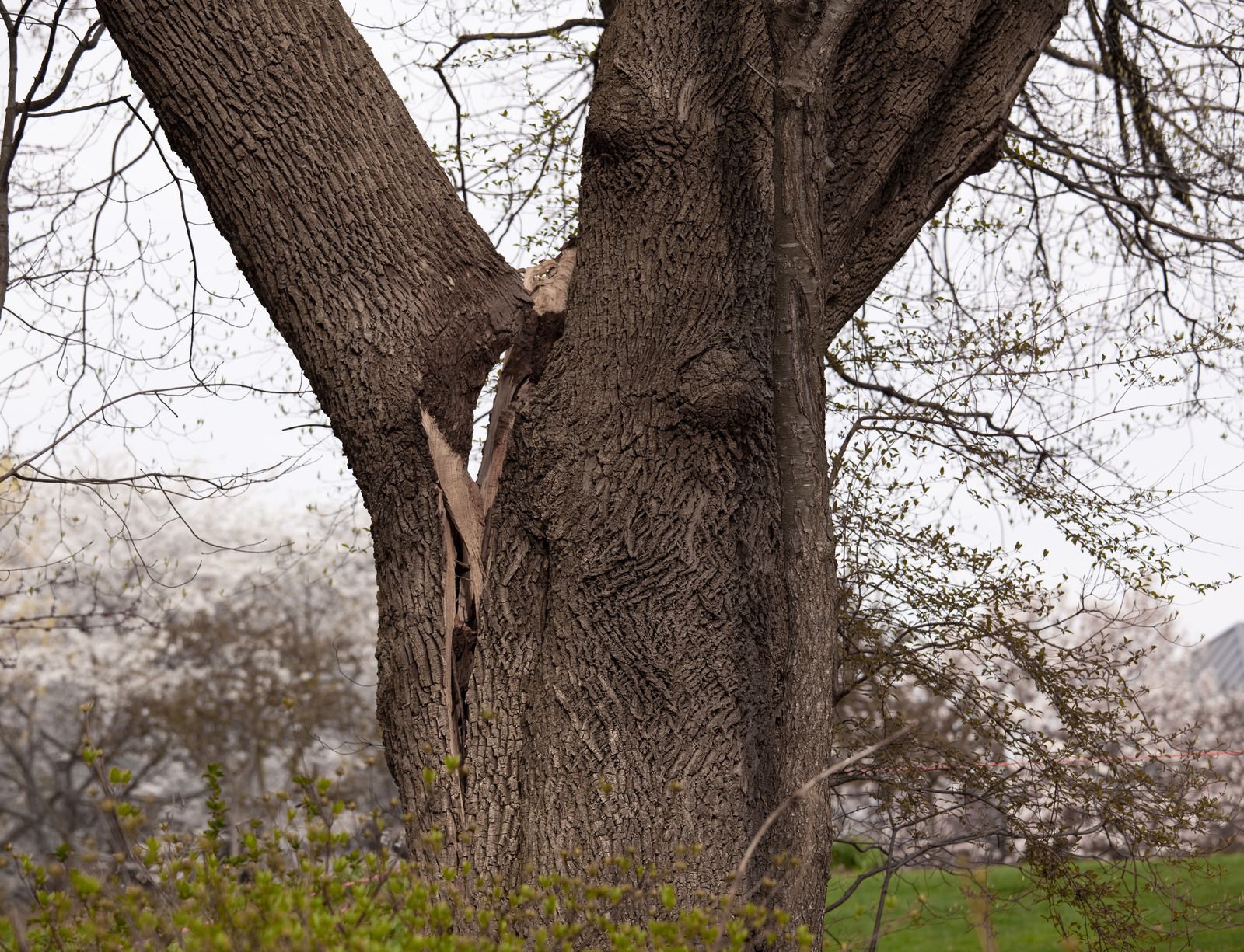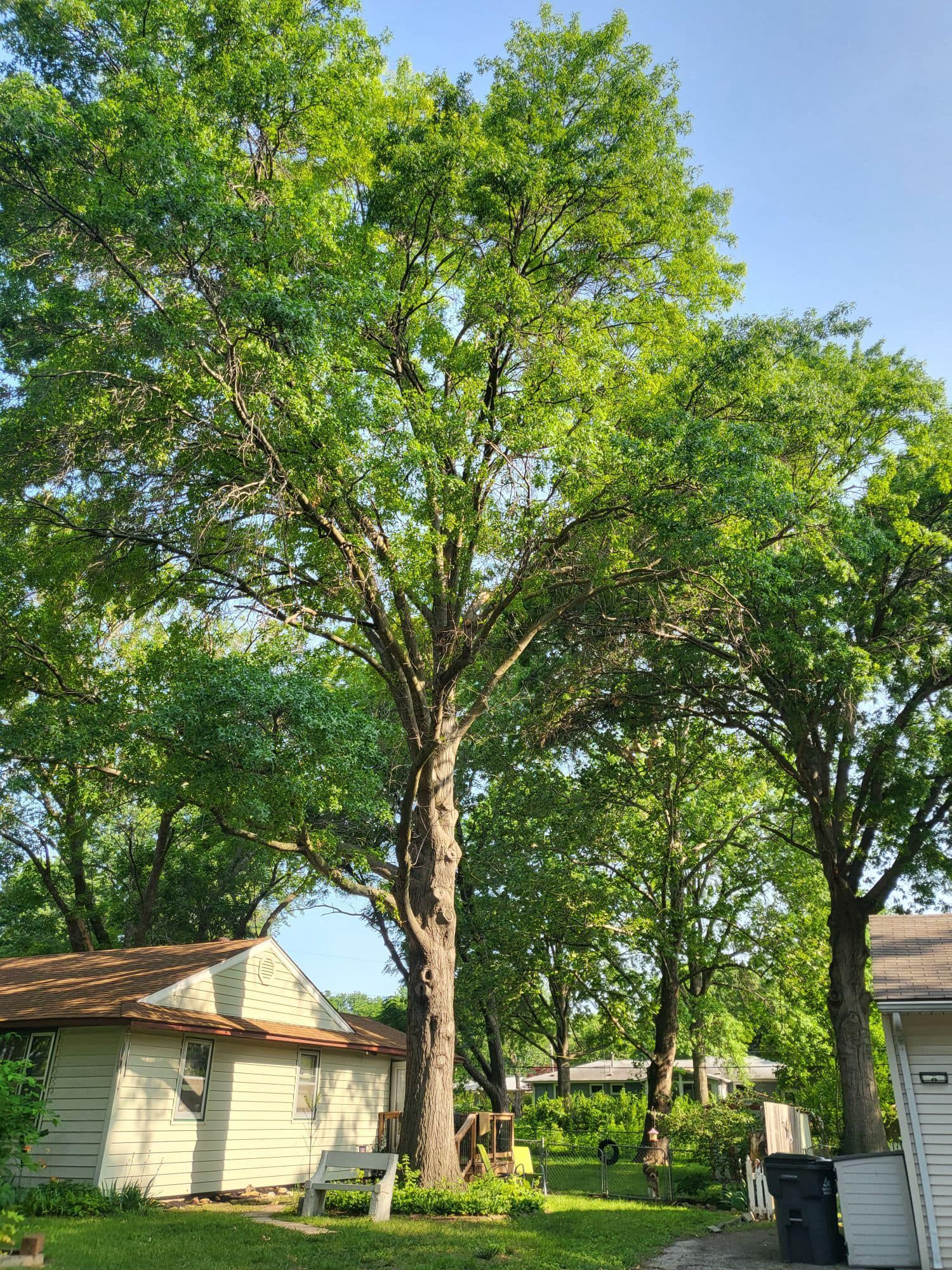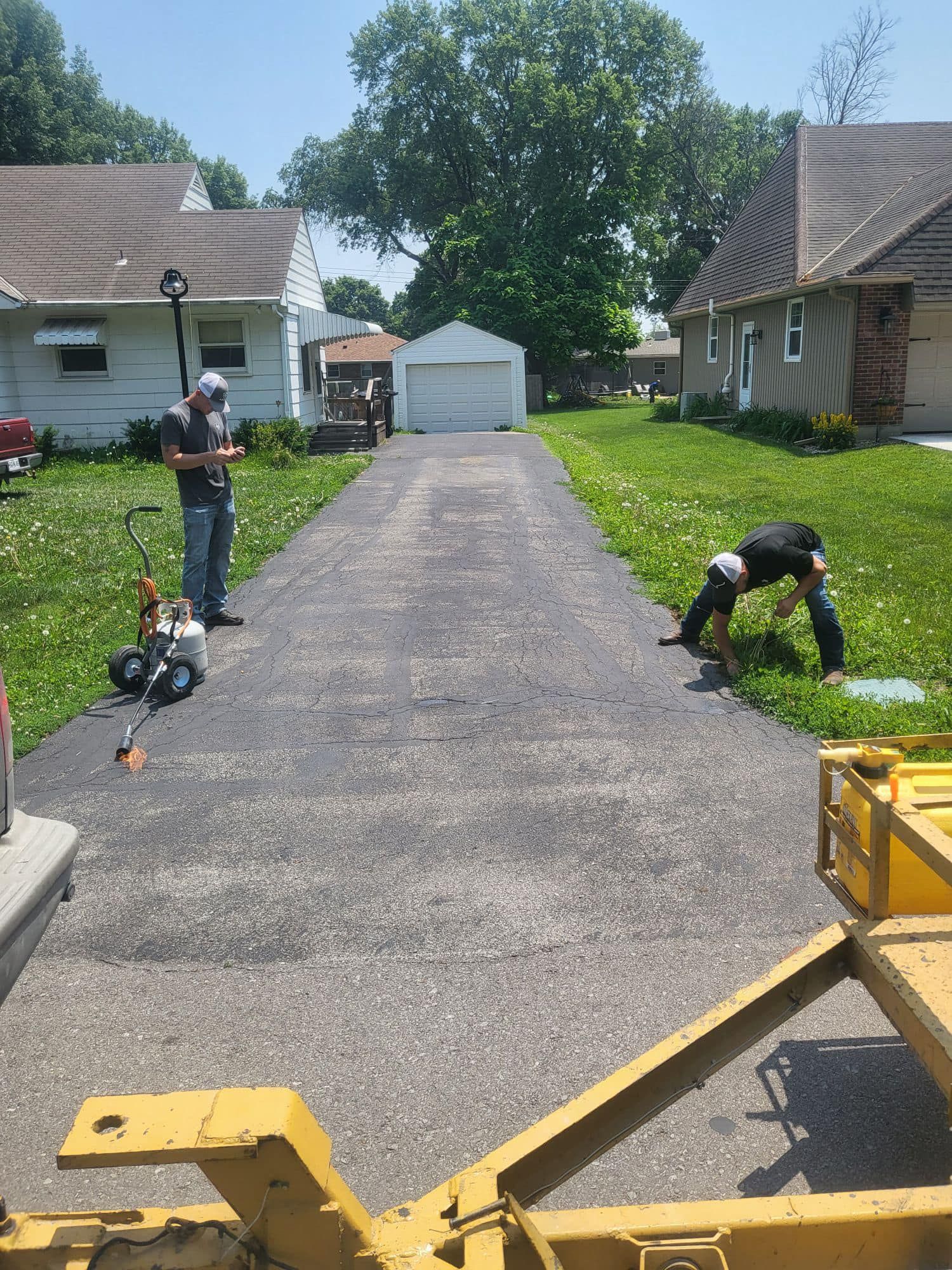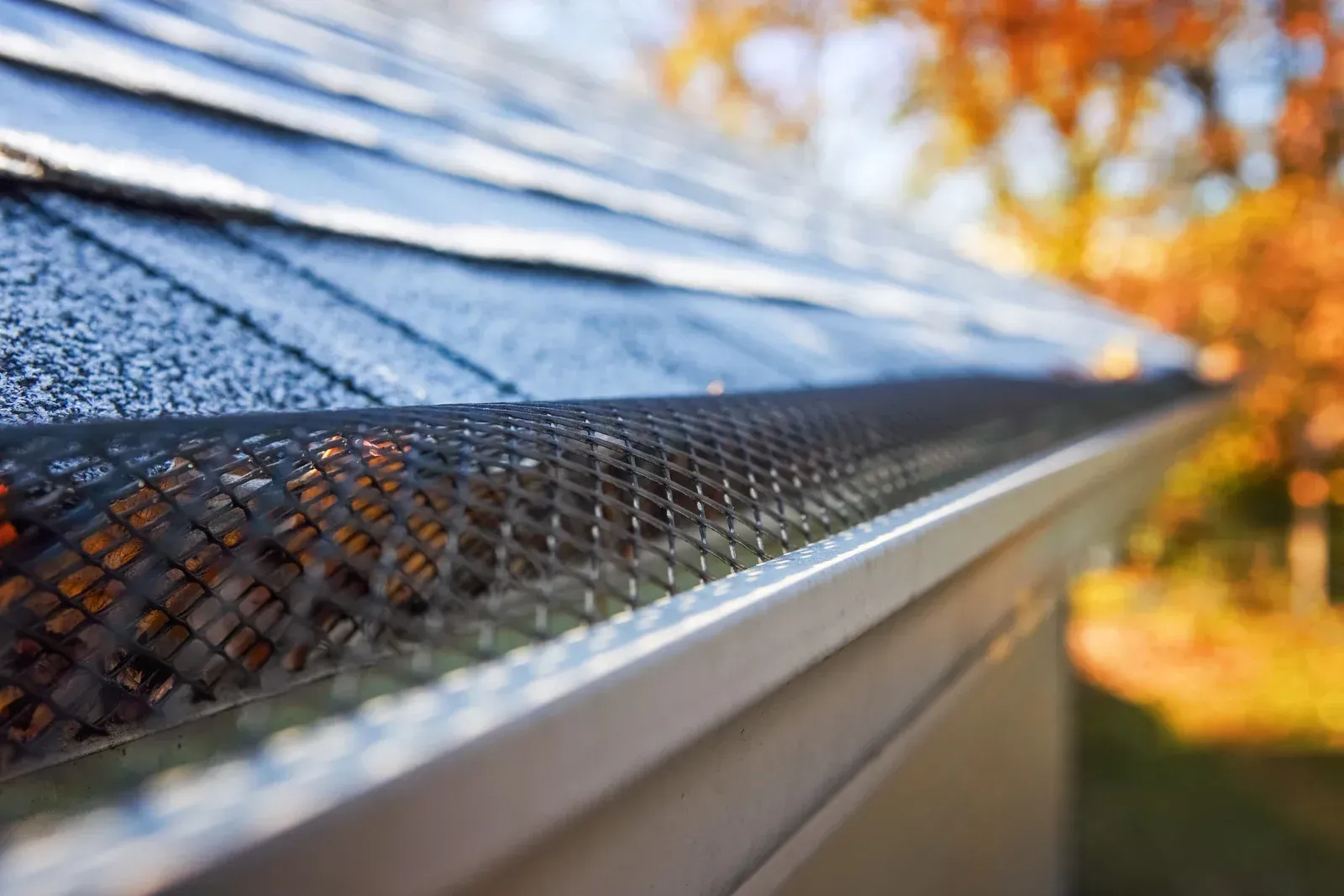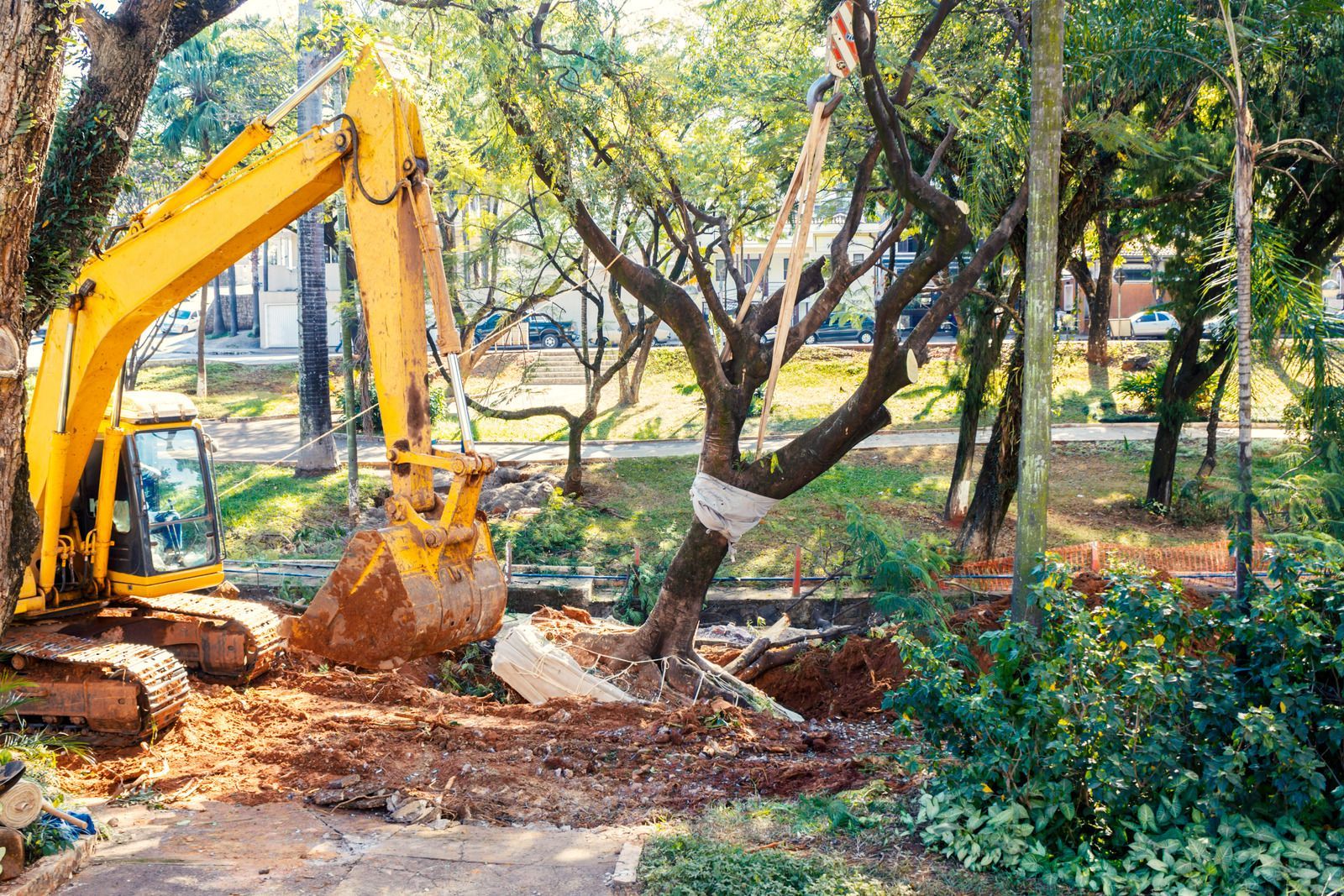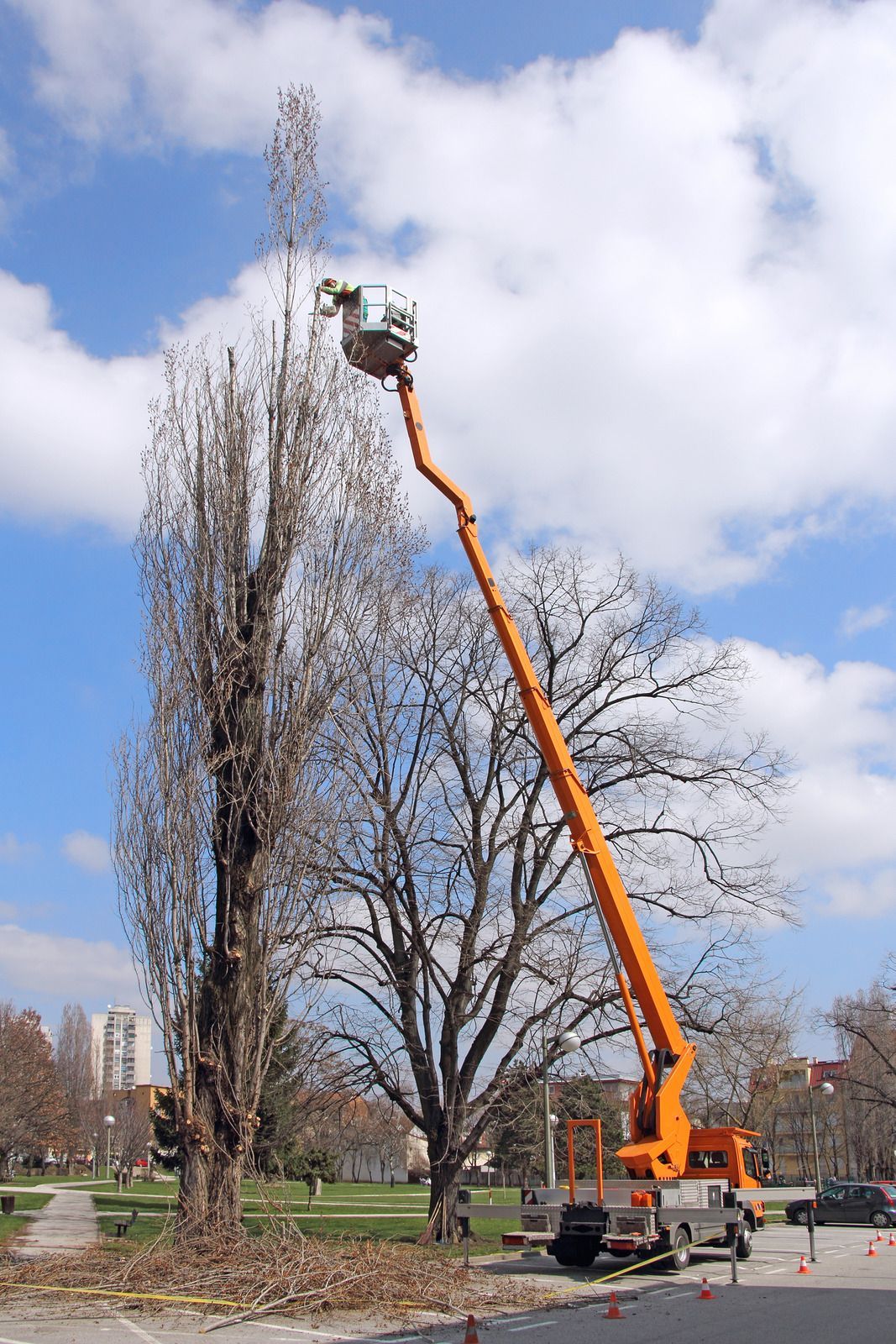The Best Lawn Care Practices to Keep Your Grass Green Year-Round
A lush, green lawn enhances the beauty of any property and creates a welcoming outdoor space. However, maintaining vibrant grass throughout the year requires more than occasional
mowing. Proper lawn care practices ensure your lawn stays healthy, resilient, and free from issues like weeds, bare spots, and discoloration. By following essential maintenance steps, you can achieve a thriving lawn regardless of the season.
1. Mowing at the Right Height
Mowing your lawn too short weakens the roots and makes it more susceptible to drought and diseases. The ideal height varies by grass type, but in general, keeping it between 2.5 to 3.5 inches helps retain moisture and block weed growth. Taller grass provides shade to the soil, preventing excessive water loss. Additionally, always use a sharp mower blade to ensure a clean cut, reducing stress on the grass. Avoid mowing wet grass to prevent uneven cuts and fungal growth.
2. Deep and Strategic Watering
Grass needs adequate moisture to thrive, but improper watering can do more harm than good. Watering deeply and infrequently encourages deep root growth, making the lawn more drought-resistant. Most lawns require 1 to 1.5 inches of water per week, including rainfall. The best time to water is early morning, allowing moisture to soak in before the sun causes evaporation. Avoid watering at night, as prolonged moisture can promote fungal diseases.
3. Fertilization for Nutrient-Rich Soil
Fertilizing provides essential nutrients that support healthy grass growth. Apply a balanced fertilizer in spring to boost growth and again in fall to strengthen roots for winter. Use slow-release fertilizers for consistent nutrient absorption. Organic options, such as compost or grass clippings, can also improve soil health naturally. Conducting a soil test can help determine nutrient deficiencies and guide your fertilization schedule.
4. Aerating to Relieve Compaction
Over time, soil compaction restricts the flow of air, water, and nutrients to the roots, weakening the grass. Aeration involves perforating the soil with small holes to improve circulation and root growth. The best time to aerate is during the growing season—spring for cool-season grasses and early summer for warm-season varieties. Pair aeration with overseeding to fill in bare patches and promote thicker grass coverage.
5. Weed and Pest Control for a Thriving Lawn
Weeds compete with grass for nutrients and water, while pests can cause extensive damage. A dense, healthy lawn naturally suppresses weeds, but applying pre-emergent herbicides in early spring helps prevent weed germination. For pests like grubs and chinch bugs, use beneficial nematodes or insecticidal treatments to minimize infestations. Avoid overusing chemicals, as they can harm beneficial soil organisms.
6. Seasonal Lawn Care Adjustments
Lawn care needs change with the seasons. In spring, focus on fertilization and aeration to encourage new growth. During summer, prioritize deep watering and mowing at a higher setting to prevent heat stress. In fall, overseeding and applying a winter fertilizer help strengthen the lawn before dormancy. Raking leaves regularly prevents smothering and promotes air circulation.
Achieve a Healthy, Green Lawn with Expert Assistance
Maintaining a lush lawn year-round requires consistent care, from proper mowing and watering to fertilization and aeration. By following these best practices, you can enjoy a thriving outdoor space that enhances your property’s appeal. For expert lawn and tree care services, We Care Tree Care
in Independence, Missouri, has been serving the community for 8
years. Contact us today for professional lawn maintenance and achieve a beautiful, green lawn all year long!
